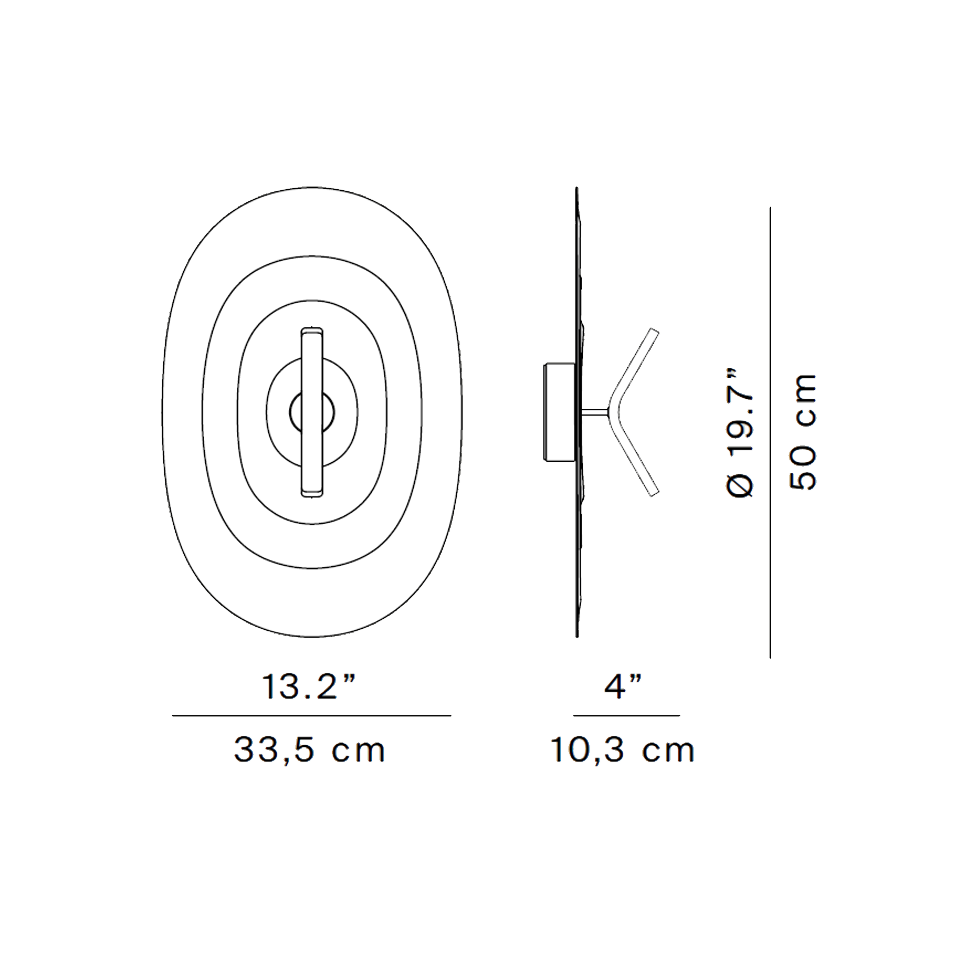AlibelWall
designed by Alessandro Zambelli
Alibel combines research and technical innovation with a striking
decorative image to give rise to a lighting system capable of creating
unusual, high-impact scenarios. Elegant and light, thanks to its hybrid
design nature it is suitable for both residential and contract contexts.
The wall version has a diffuser with an ovoid shape, placed in a vertical
position to spread soft, subtle light into the space. The lamp is attached
to the wall and powered by a special plate.
Models
A13AD A13AT A13WAD A13WAT
Alibel

A13AD A13AT A13WAD A13WAT
Alibel
Main specifications
| Typology | Wall | ||
|---|---|---|---|
| Application | Indoor | ||
| Material |
|
||
| Finishes |
|
||
| Dimensions (mm) | H 500, L 335, W 103 | ||
| Light Source | LED 10W, LED 11W, 3000K, 2700K, CRI 90 | ||
| Insulation Class | III |




